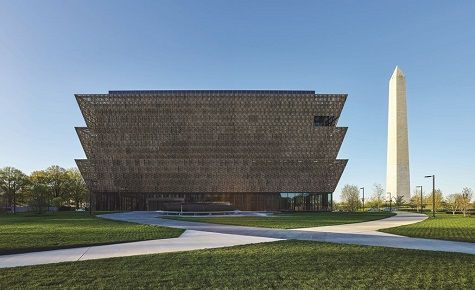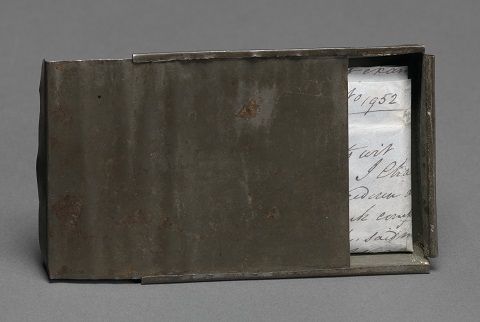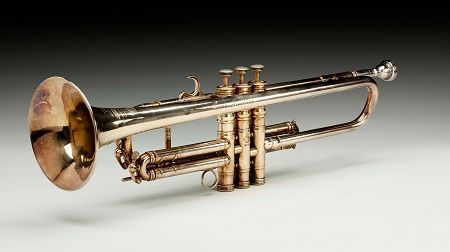Article
The New Smithsonian Museum of African American History & Culture
Author(s):
There’s a wonderful symmetry to the fact that Barack Obama, the nation’s first African American president, will attend the opening ceremony for the new Smithsonian Museum of African American History & Culture. The $540 million facility, which opens to the public Saturday September 24, explores the history, sense of community, and the culture of African Americans.

There’s a wonderful symmetry to the fact that Barack Obama, the nation’s first African American president, will attend the opening ceremony for the new Smithsonian Museum of African American History & Culture. The $540 million facility, which opens to the public Saturday September 24, explores the history, sense of community, and the culture of African Americans.
In welcoming journalists to the media preview Fleur Paysour, the museum’s public affairs specialist, said “I didn’t bring you here to work. I brought you here to be moved.” And she was right.
The museum starts its story about African Americans in an underground gallery that discusses slavery, presenting facts about the horrors and stories of survival. Go up to the next level to see material on segregation and how black communities fought to eliminate those restrictions through sit-ins, freedom rides and marches.

Box holding freedom papers (Collection of the Smithsonian National Museum of African American History & Culture.)
As I walked the ramp toward the daylight entry level, I turned around. A photograph of African American protesters, each one wearing a sign around his neck stating “I Am a Man,” was still visible, but so was the next level’s photograph of the crowds at Barack Obama’s inauguration. The juxtaposition proved powerful.
“This museum will advance the public conservation about racism,” said Smithsonian secretary David J. Skorton. That conversation continues by detailing how America changed from the death of Martin Luther King Jr. to Obama’s inauguration. Exhibits cover a range of topics from the Black Panthers to hip-hop music and the 1968 Poor People’s Campaign, a.k.a, the Poor People’s March on Washington, D.C.
African American resilience, the power of communities, their culture and triumphs in sports, stage, movies and other arts are celebrated on the upper floors. Slideshows present vibrant images of dancers, poets, actors, basketball players, singers, choirs and more. There’s much to see, almost too much for a casual visit. Chuck Berry’s red Cadillac, a symbol of success, is too big to miss, but you might not notice Louis Armstrong’s trumpet or a photograph of Dizzy Gillespie.

Louis Armstrong' trumpet (Collection of the Smithsonian National Museum of African American History & Culture.)
The museum, packed full of stories, is a place to see and to revisit.
Reserve Tickets Ahead
Like all Smithsonian museums, the National Museum of African American History & Culture is free. To limit wait times and manage crowds, the museum offers timed entry tickets available through the website. Reserve these well-in- advance. Some same-day passes will be available on a first-come basis.
Opening Weekend Celebration
To celebrate the museum’s opening, the Washington Monument grounds will come alive with jazz, hip hop, Rhythm & Blues, and gospel music. You can also listen to storytellers and participate in drum circles and workshops. The free, three-day festival “Freedom Sounds: A Community Celebration” takes place Friday September 23 through Sunday September 25. Contact the museum for a schedule.




